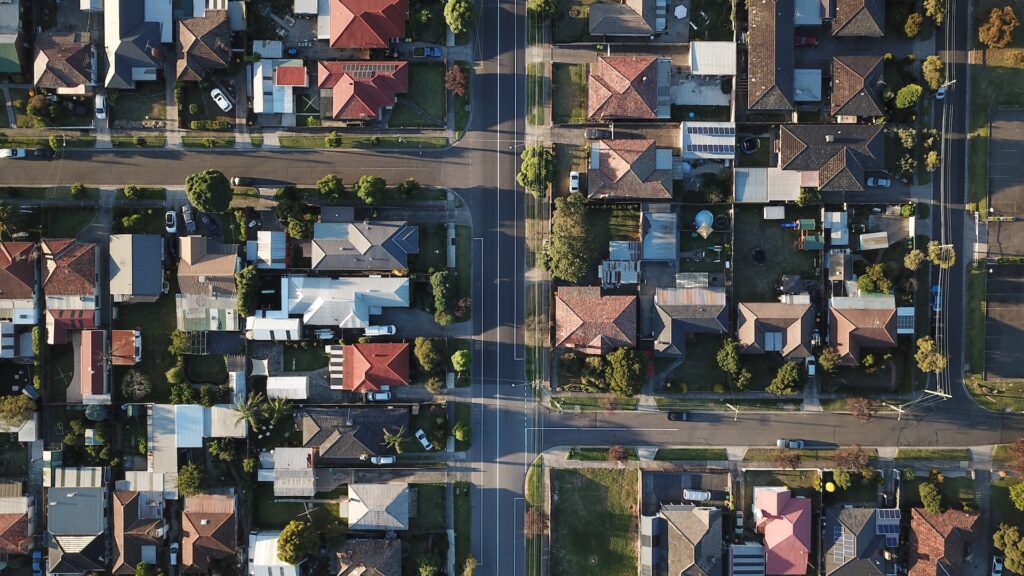Introduction
In the Netherlands, owning a property comes with certain fiscal responsibilities, one of which is being conversant with the term WOZ value. The WOZ (Waardering Onroerende Zaken) value is a crucial determinant for various taxes property owners are obliged to pay. This valuation, conducted by local municipalities, hinges on the market value of immovable properties. As we step into 2023, it’s noteworthy that the WOZ value has seen an uptick by an average of 17% compared to the previous year, according to De Waarderingskamer.
How is WOZ Value Determined?
Every year, on a stipulated reference date of 1 January of the preceding year, municipalities carry out a market value assessment of immovable properties. For instance, the 2023 WOZ value reflects the market condition as of 1 January 2022. The process abides by certain guidelines to ensure accuracy and fairness. It takes into account various factors such as the location, size, quality, condition, and the recent sale prices of comparable properties in the vicinity. Since 2022, a noteworthy change is the inclusion of the usable floor area (gebruiksoppervlakte or GBO) in the WOZ value calculation. This change results in an umpact of around 5 million households.
Receiving or Checking the WOZ Value
Property owners would receive a WOZ value notification from their municipality. This notification encapsulates the determined market value and any applicable legal provisions. Moreover, homeowners can check their WOZ value online via the WOZ value portal of the Dutch government, should they need to revisit the valuation.
Appeal Procedure for WOZ
You can contest discrepancies in the determined value. Property owners have a six-week window, post-receipt of the notification, to file an objection. They can also engage in personal research by comparing the selling prices of other houses in their area around the reference date, or even hire a certified appraiser for a more detailed valuation.

Tax Implications Stemming from WOZ Value
The WOZ value is a cornerstone for calculating various taxes including the municipal property tax (onroerendzaakbelasting or OZB), income tax (under the eigenwoningforfait), and the water system levy (watersysteemheffing). Some locales also base the sewage tax (rioolheffing) on the WOZ. And for renters, the maximum rental price may be influenced by the WOZ of the property they occupy.
Example of WOZ Impact on OZB
Let’s say, the WOZ of your property is €300,000. The OZB rate in your municipality is set at 0.1% (This depends on your manicipality, check Den Haag for example).
To calculate the annual OZB you would owe, you would multiply the WOZ by the OZB rate:
OZB due = WOZ × OZB rate
OZB due = €300,000 × 0.001 = €300
Example of WOZ Impact on Income Tax
Again, let’s assume the WOZ of your house is €300,000. The eigenwoningforfait rate would be 0,35% as of 2023 (it depends on the value of the property. For details you can check the related belastingdienst website).
To calculate the annual property tax on income basis you would owe, you would multiply the WOZ by the eigenwoningforfait rate:
Eigenwoningforfait due = WOZ × eigenwoningforfait rate
Eigenwoningforfait due = €300,000 × 0.0035 = €1050
Example of WOZ Impact on Water System Levy
Again, let’s assume the WOZ of your house is €300,000. The water system levy rate would be 0.01879% as of 2023 (if you are renting, you pay a fixed amount. Check the related waterschap website for details).
To calculate the water system levy you would owe, you would multiply the WOZ by the water system levy rate :
Water system levy due = WOZ × water system levy rate
Water system levy due = €300,000 × 0.0001879 = €56.37

Conclusion
The WOZ value is more than just a fiscal term; it’s a significant facet of property ownership in the Netherlands. The uniform and transparent system of WOZ determination facilitates various tax calculations, making it a critical process for both local governments and taxpayers. Ensuring an accurate and fair WOZ valuation is indispensable for every homeowner aiming to have a clear understanding and control over their tax obligations.




